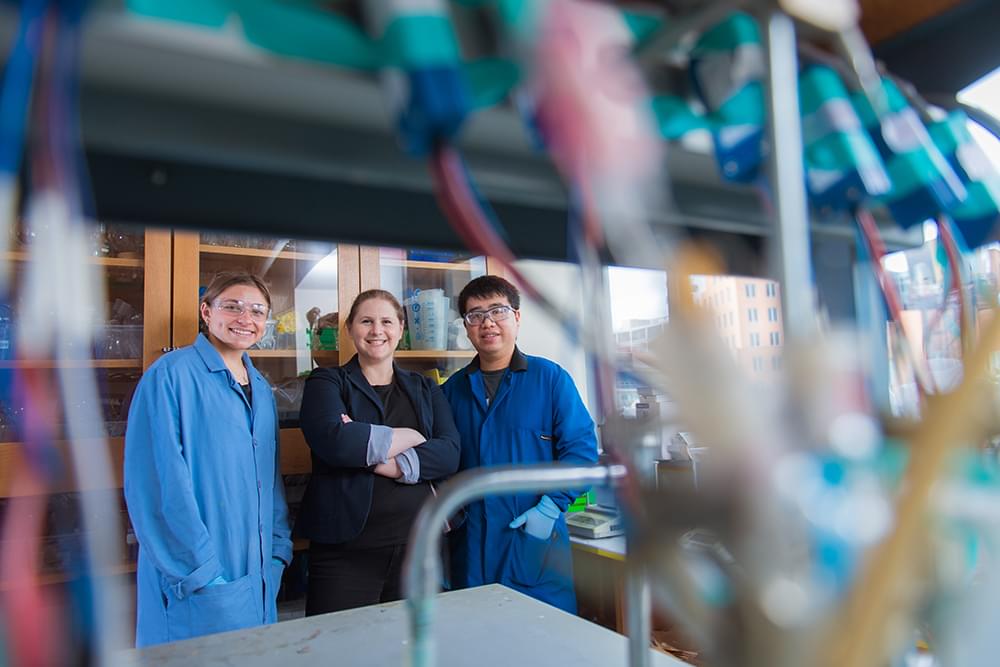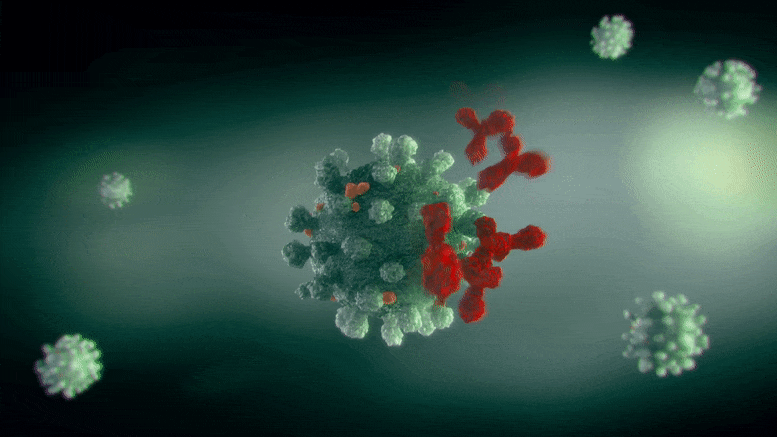Sep 8, 2022
First known RNA-targeting toxin launches “total assault” to kill bacteria
Posted by Kelvin Dafiaghor in category: biotech/medical
Scientists at McMaster University have identified a toxin used by bacteria to kill other bacteria through a never-before-seen mechanism. The toxin is the first found to directly target RNA molecules in what the team describes as “a total assault on the cell,” which could lead to a new class of antibiotics.
There’s a huge war raging on the microscopic scale as microbes battle each other for resources, and sometimes the weapons they use against each other can prove useful for antibiotics. Most of these toxins target proteins or DNA molecules, killing bacteria by interrupting vital functions.
So that’s the checklist that the team ran through while studying a toxin called RhsP2 that’s produced by Pseudomonas aeruginosa, a common bug behind hospital-acquired infections like pneumonia. Over three years, the researchers investigated the effects of the toxin on these common targets, to no avail.


















